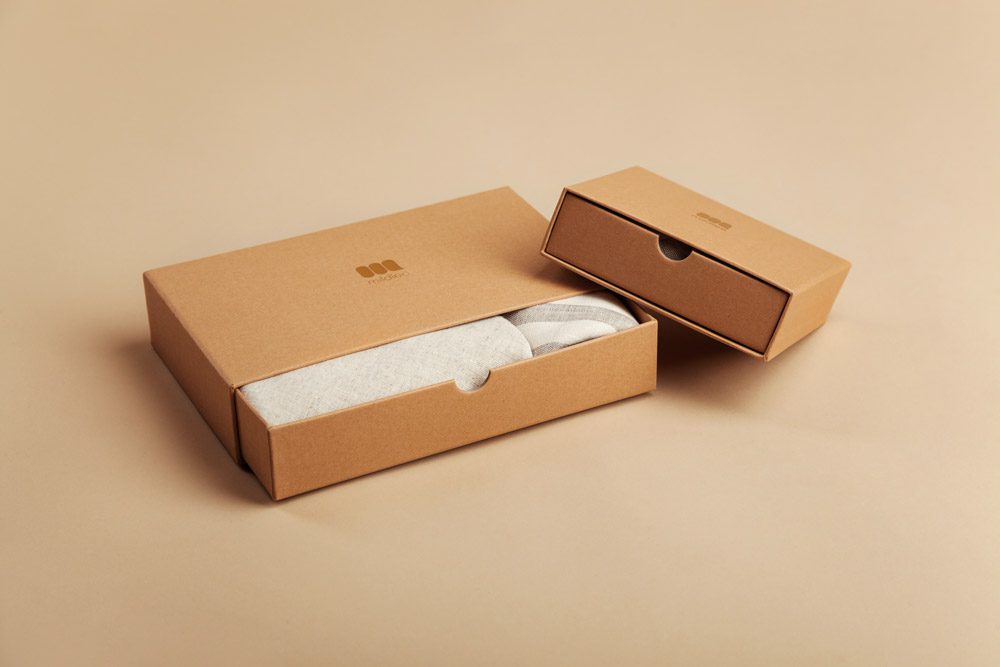Customers often reach out for guidance on how to best-develop Master Cartons and Inner-pack Cartons. The conversation generally starts like this:
“We were thinking of setting our Master Carton size to 6 units – does this work with ShipCalm? Then we can also do a case of 8 cartons to make 48 units. Not sure if this terminology is exactly correct. Maybe we can have a quick chat to confirm?”
To answer the question, we need to start with the two key terms everyone should understand – Master Carton and Inner Carton. Read on to learn more.
What are Master Cartons?
What is a Master Carton? It refers to the outer box that contains your goods in the largest quantity (beside a pallet). They’re what you’d expect from the manufacturer and would be either floor-loaded in a container or on pallets.
What are Inner Cartons?
If the Master Case is broken up into smaller product groupings, that would be done using an Inner Case.
It’s important to note that both terms are used to describe the organizational containers holding a single SKU. So essentially, you manufacture a SKU and put it into Inner Cases, which then go inside Master Cases. This is typically how that SKU will be stored in a warehouse prior to a retailer or end customer ordering it.
With these two concepts in mind, the configuration we’d need for the scenario above would be: 6 products in the Inner Case and 8 Inner Cases in the Master Case, making it a Master Case of 48 total units.
While there are no issues doing a configuration like this, other factors will likely affect your decision-making process. That said, it’s good to know what the weights and dimensions of the Inner Case and Master Case would be. For example, if having 5 units in the Inner Carton instead of 6 makes it under 1lb, that’s a major advantage when it comes to your shipping cost.
Carton Sizing
For Inner Cartons, you can think in terms of shipping weight and sellable-at-wholesale-quantities so you can send retailers 1 full Inner Case. If your wholesalers want 4 at a time, do 4. If you can sell them on 6 at a time, do 6. This allows you to do wholesale orders that don’t require you to repack product.
For the Master Case, or outer cartons, you want a reasonable case size that’s planned around fitting on a pallet. The standard North American pallet is 40″ x 48.″ So, if your Master Cases are 20″x24,″ each layer is a perfect fit of 4 cases, and you can label the outside position labels so they’re seen on the outside of a pallet without trapping an invisible case in the middle. This typically means you want to design in case-quantities of per-pallet rows of 4, 6, or 8.
20×24 = perfect layer of 4
20×16 = perfect layer of 6
20×12 = perfect layer of 8
Layers of 9 (3×3) or 12 (3×4) aren’t optimal because you’d up with cases in the middle. Once fully stacked, you wouldn’t be able to see the outside of that inner Master Case. That said, if the configuration is 12 (2×6), using a box that’s 20×8 means you’ll have no issue at all.
In addition to considering how a Master Case fits on a pallet, you also want to think about shipping costs on a per-lb or per-product basis for a Master Case. There tends to be a sweet spot at 50 lbs per box max with regards to optimizing your per-pound freight cost from someone like FedEx or UPS. This means a single Master Case that holds 50 products at 50 lbs is better than 2 Master Cases that hold 25 products at 25 lbs. A case over 50 lbs is not only hard to physically maneuver, it also provides an increase in the price-per-pound.
Choosing the Right Carton Packaging for Your Product
Selecting the right carton packaging for your product is essential for ensuring that it arrives at its destination safely and securely. Here are some factors to consider when choosing carton packaging:
- Product Type: The type of product being shipped plays a crucial role in determining the appropriate packaging solution. For example, fragile or heavy products may require additional cushioning or reinforced packaging.
- Shipping Method: The shipping method you choose will also impact the type of carton packaging needed. For instance, air freight may require lightweight and durable packaging, while ground shipping may allow for more standard packaging options.
- Environmental Factors: Consider the temperature and humidity of the shipping environment to ensure that the packaging is suitable for protecting your product during transport.
Customized packaging solutions can also be important for businesses that want to differentiate their brand and create a memorable unboxing experience. Customized packaging can also help enhance brand awareness and create a lasting impression on customers.
Leave Your Carton Packaging to ShipCalm
While this can all feel very complicated, it certainly doesn’t need to be. Contact ShipCalm today and we can work with you to optimize your Inner Cases & Master Cases to streamline operations. We can provide custom pricing and recommendations based on the specific ways you like to run your business while continuing to optimize for freight carriers and storage.

